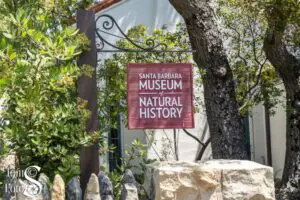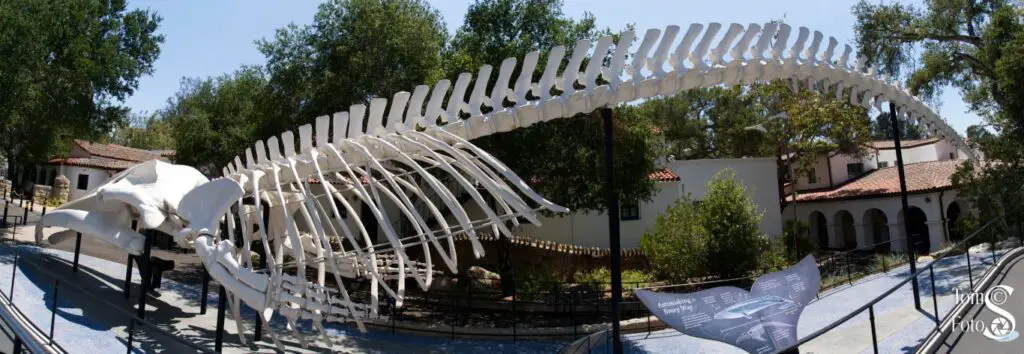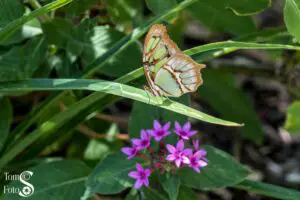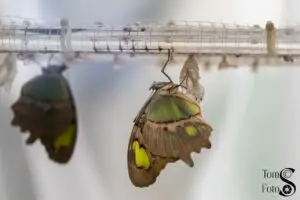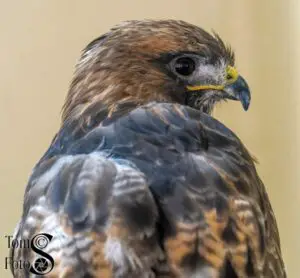Each year the Santa Barbara Museum of Natural History has an exhibit called Butterflies Alive! where live butterflies are loose in a large enclosed area and visitors come into the area to enjoy watching the insects. This year (2021 August 12th) I had the opportunity to visit the exhibit. Arriving at the museum you are met at the parking lot by the skeleton of a blue whale. The blue whale is the largest mammal and as an adult dwarfs this 72-foot long skeleton of a juvenile whale.
The butterfly exhibit is toward the back of the museum property. There was a short wait to get in and COVID rules were in place which limited the number of people in the exhibit and how long they could stay. Here are a few of the 450+ photos I took during that short time…
The Julia Longwing (golden color) and Zebra Longwing (black with yellow lines) were the butterflies that seemed to stay still enough to photograph the most. Several photos of each of the two are in this gallery.
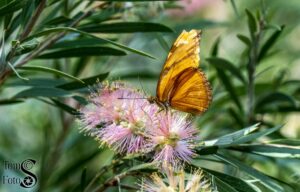
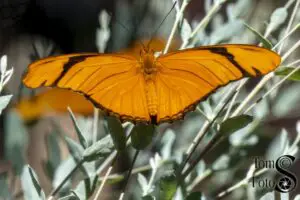
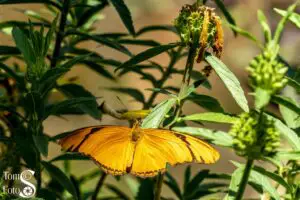
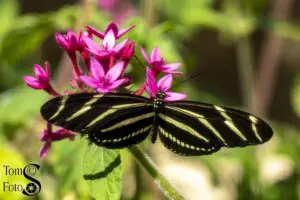
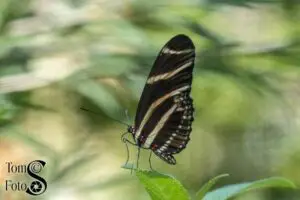
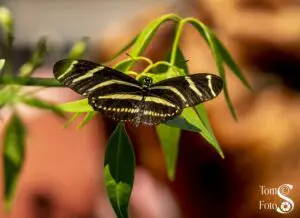
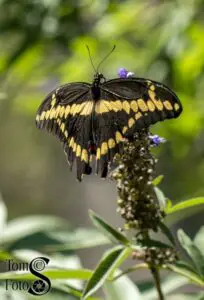
But, there were more. This Brown and Green Spotted Malachite was spectacular.
In addition, the “Santa Barbara Gallery” building had a display of butterflies emerging from their chrysalis. Another Malachite was in the process of emerging there.
Not too far away from the butterfly exhibit the museum has an area where animals being rescued can be seen. This Red Tailed Hawk was the only one of that group that was in a position to photograph.
Colophon
All photos taken with a Sony A9 full-frame camera and 24 to 240mm zoom lens. The zoom setting was different as needed. All shots were in Manual mode with shutter speed at 1/1000 second at f11. Exposure was determined by an auto ISO setting on the camera. Some shots were part of multi-shot sequences at 10 shots/second. The hawk photo and one of the butterfly photos were taken through a screen by placing the camera lens as close to the screen as possible and then focusing on the subject beyond. The Zebra Longwing 02 photo (second row, middle photo) has a slight crosshatch pattern in the bokeh which is the out-of-focus screen resulting from this technique. The hawk screen was much larger and does not show the pattern.
![[End]](https://tomsfotos.com/wp-content/uploads/2014/01/TomsFotos32x32.png)
